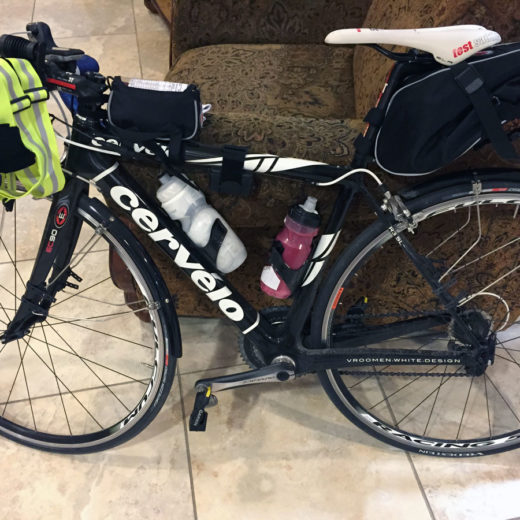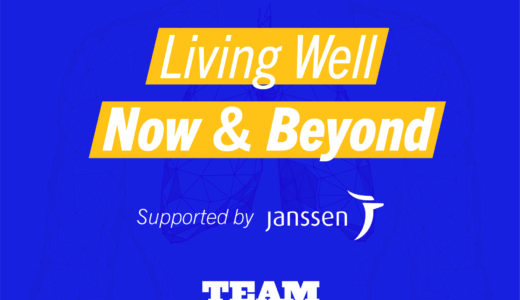Randonneuring and The Art of Finding Your Way Home Again – An Intro

This is part 1 of a 4-part ride report on this insanity called randonneuring.
Intro – Part 1 | 200 km – Part 2 | 300km – Part 3 | 400km – Part 4 | Follow-up Post: 600km Randonneur
As you’ve likely read from the blog posts and website, we are just about one month out from the Race Across the West (RAW). I am so stoked to race this year again with Anne-Marie, our chief Peter, and our amazing crew in the RAAM-related race from Oceanside to Durango. Part of my training for RAW has been joining another side of ultra-distance cycling to get mileage in my legs, while preparing for another event later this summer called Paris-Brest-Paris.
This, my friends, is called randonneuring. Rando-what? Randonneuring is a French word, which I think means “ride your bike really really far” and refers to this side of cycling where riders pride themselves on being self-supported, meaning no crew to help you navigate, eat, sleep, reminding you to drink, keeping you awake, etc.
Instead it’s ultimately you, getting through a route with a cue sheet (turn-by-turn directions) and an odometer. All food, water, mechanical issues like flats or other stuff that happens on a bike traveling hundreds of miles in a day, well that’s on you. On many rides there is a .tcx file you can load into your little Garmin bike computer to give you turn-by-turn directions like you might in your car, but if that’s gone, well you are on your own with cue sheet and map, and a sense of humility to ask for directions when you need them.
There are these organized rides called brevets that randonneur riders come together and ride. They are not races, but long rides with a series of checkpoints called controls (rather than time stations). You take a card with you and at each designated control (commonly located at convenience stores or gas stations where you can refill water and supplies) you kindly ask the person behind the counter to initial your card and write the time you pass through the control in military time. Then you keep going.
The granddaddy of all events is called Paris-Brest-Paris (yes, that Paris), and it is special, occurring only every 4 years. It traverses 1200 km (745 miles) through the French countryside from Paris to the coastal town of Brest and back again, and riders must complete it in under 90 hours (including sleeping and any rest stops). In order to qualify for this quadrennial event, riders must complete a brevet series consisting of a 200km, 300km, 400km and 600km rides, in the same year as the PBP they are trying to enter. And no, Race Across America, nor any ultra races like the Florida RAAM Challenge or Calvin’s Challenge, do not count.
For Paris-Brest-Paris (PBP) qualification, you have to go it alone and get it done.
But what I’m finding on my qualifying brevets is that you actually are not alone, and each of the first 3 rides have been quite unique thus far. Another part of randonneuring is that many riders blog about their adventures, so allow me to catch up and share with you some brief thoughts on going the distance.




